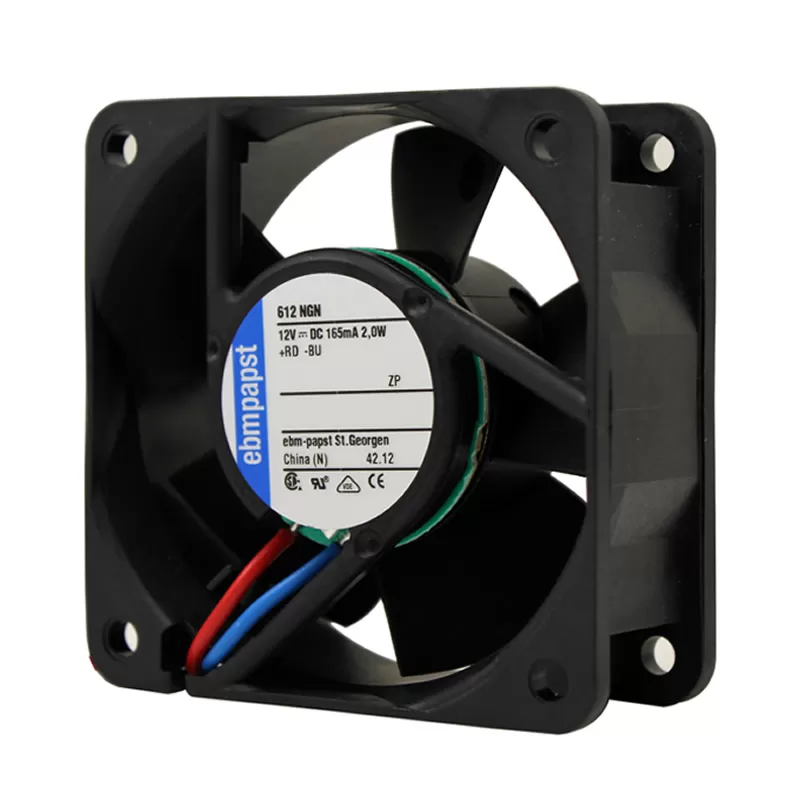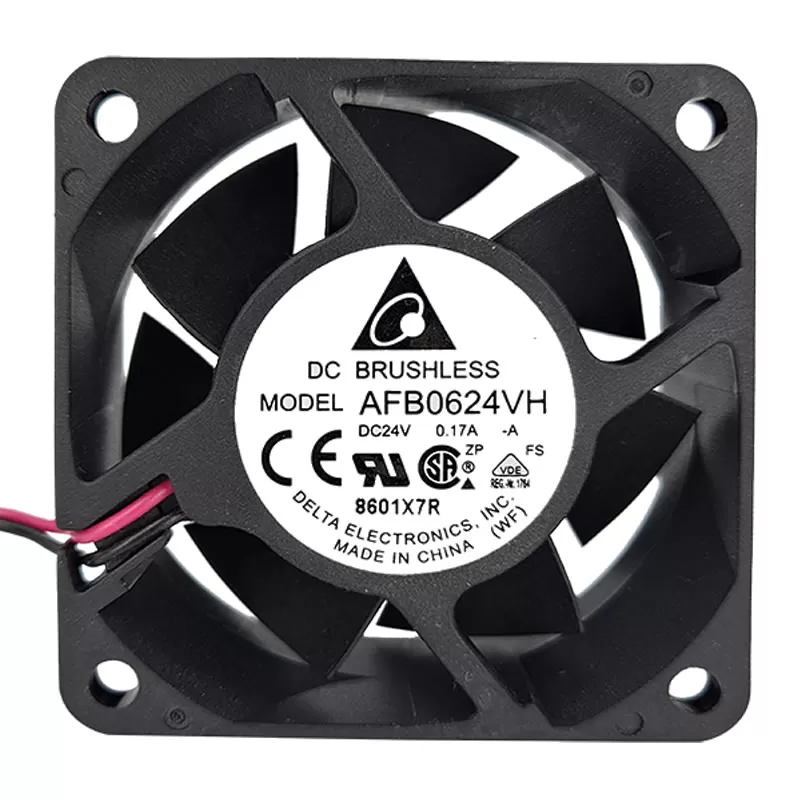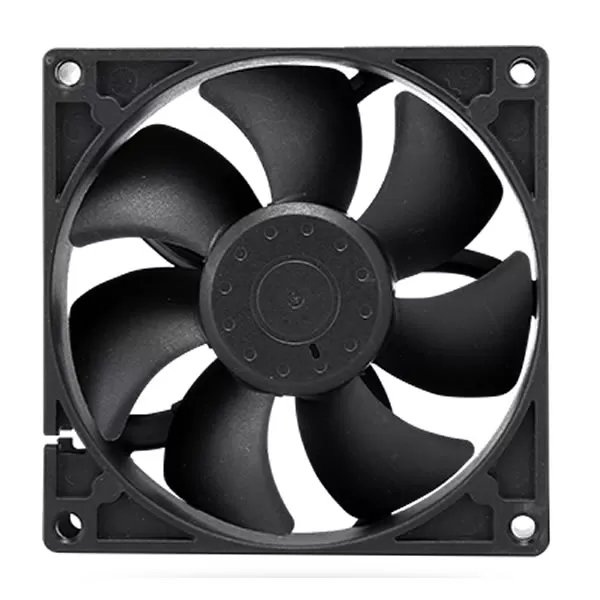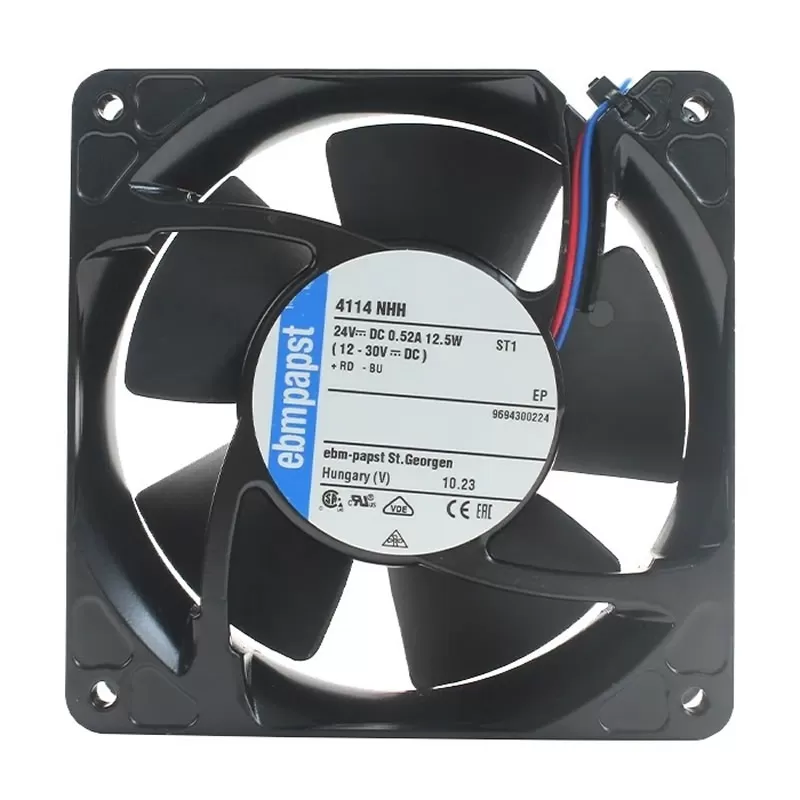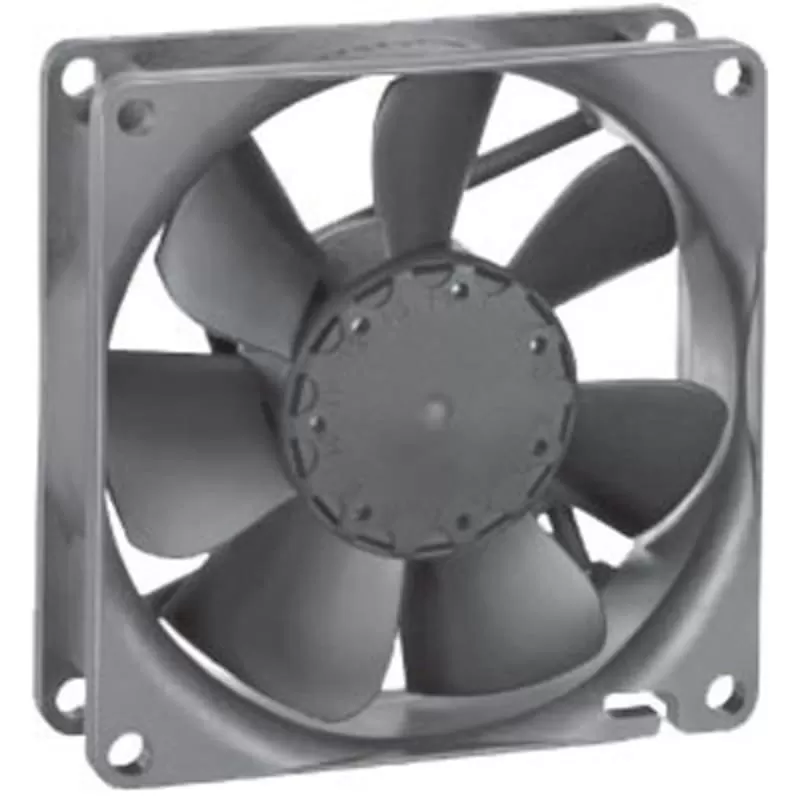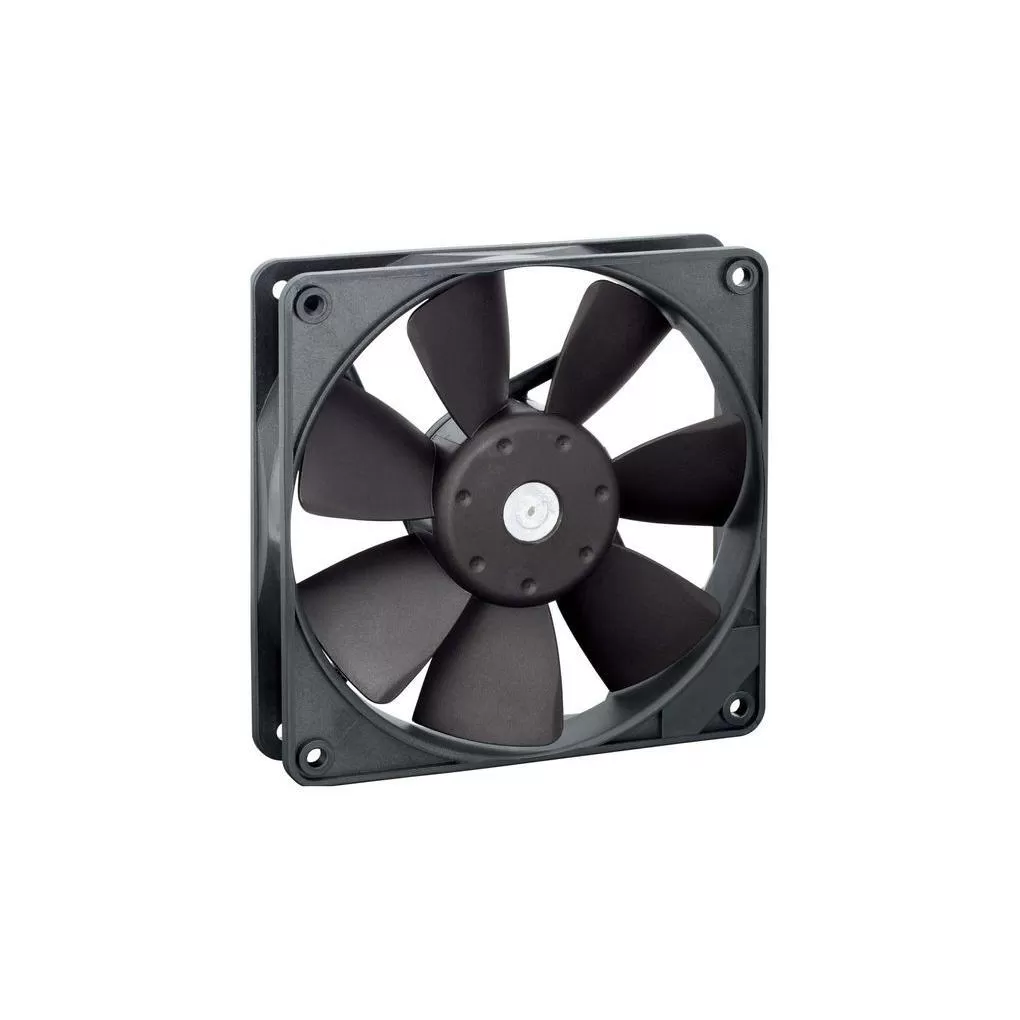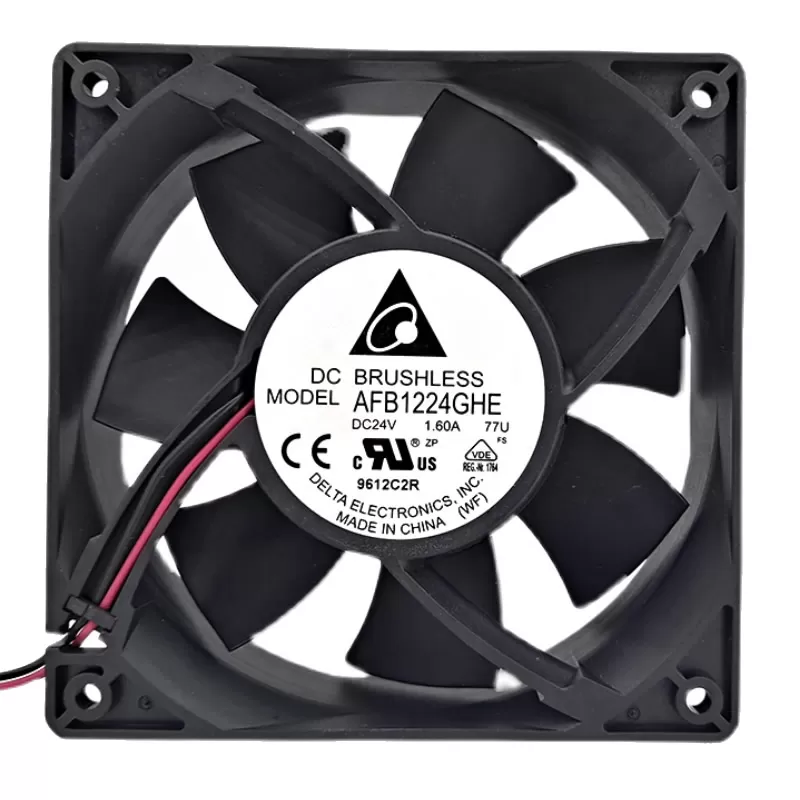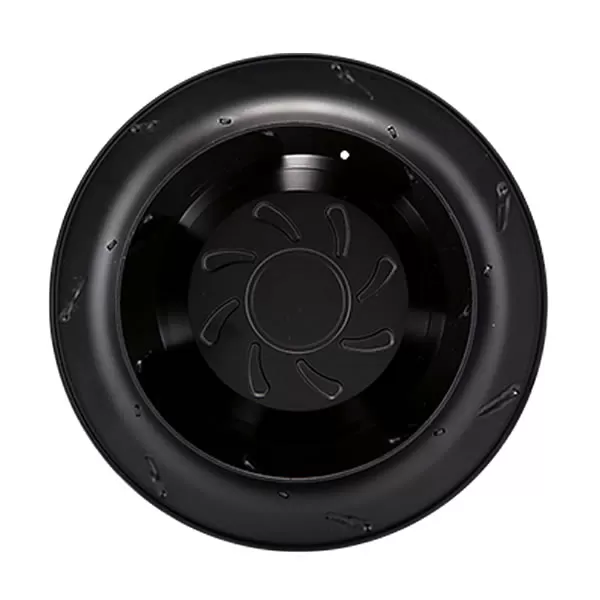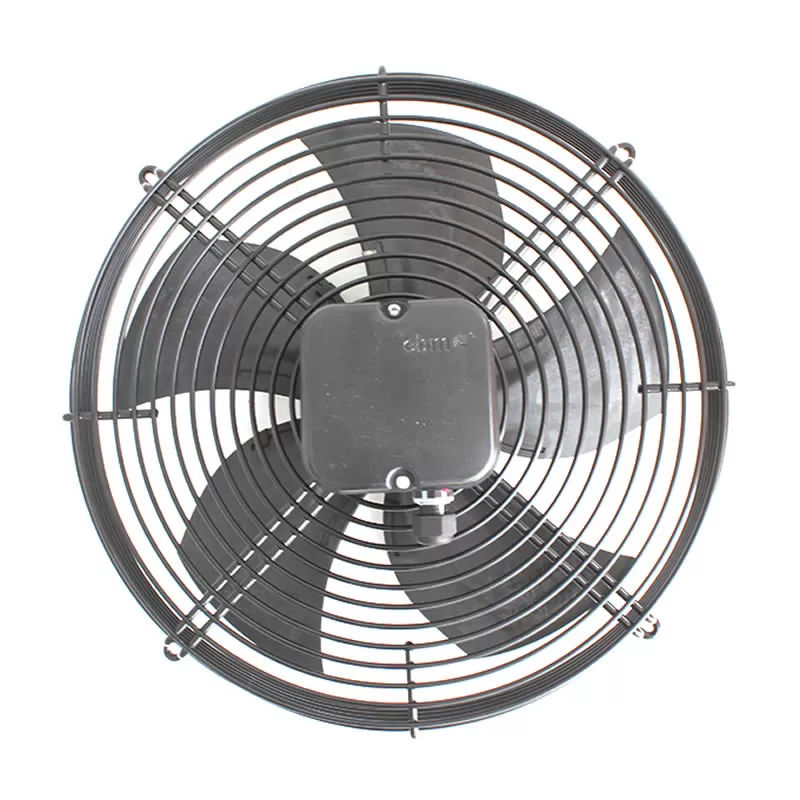
An inverter fan is crucial for preventing overheating, which can lead to damage and system faults. If your inverter fan isn’t working, here are the most common reasons and what you can do:
Common Reasons for Inverter Fan Failure:
- Blockages/Debris: Inverters, especially if installed outdoors, can accumulate dust, dirt, fallen leaves, sand, or even suffer from animal damage (e.g., rodent bites on cables). This debris can clog the cooling air ducts and obstruct the fan blades, preventing them from spinning or spinning effectively.
- Faulty Fan: Like any mechanical component, inverter fans have a lifespan and can simply wear out or malfunction. The fan motor itself might be defective.
- Power Supply Issues to the Fan: The fan requires power from the inverter’s internal circuitry. If there’s a problem with that power supply (e.g., a fried power supply circuit, loose connection, or a blown fuse), the fan won’t receive the necessary voltage to operate.
- Overheating/Overload: While a non-working fan causes overheating, sometimes an inverter is already running too hot due to an overload or insufficient ventilation in its environment. The inverter might detect this high temperature and try to activate the fan, but if the fan is already faulty, it won’t respond, and the inverter may go into over-temperature protection mode and display an alarm code.
- Faulty Inverter Control Board/Sensors: The inverter’s control board is responsible for monitoring temperature and activating the fan when needed. If the temperature sensor is faulty, or the control board itself is malfunctioning, it might not send the signal for the fan to turn on.
- Incorrect Installation: If the inverter is installed in an area with poor airflow, too close to other heat-generating equipment, or in a confined space, the fan might struggle to dissipate heat effectively, leading to overwork and premature failure.
- Low Voltage: Insufficient voltage supplied to the inverter or within its internal components can prevent the fan from operating correctly.
Troubleshooting and Potential Solutions:
Before you begin, always disconnect the inverter from all power sources (AC and DC) to avoid electrical shock.
1.Check for Alarm Codes: Many inverters display error codes (e.g., “Fan Abnormal” or “Over-Temperature Protection”) on their screen or through indicator lights. Refer to your inverter’s manual to understand what these codes mean.
2.Inspect for Blockages:
- Visually inspect the fan and cooling vents for any accumulated dust, dirt, leaves, spiderwebs, or other debris.
- Carefully clean the fan blades and vents using a soft brush, compressed air, or a vacuum cleaner. Be gentle to avoid damaging the fan.
3.Check Fan Movement: Once cleaned and disconnected from power, try to gently spin the fan blades by hand. If they feel stiff, gritty, or don’t spin freely, the fan bearings might be seized or the fan motor is failing.
4.Verify Power to the Fan (Advanced Users Only): If you’re comfortable and knowledgeable with electronics, and after ensuring the inverter is completely de-energized, you can use a multimeter to check for voltage at the fan’s connection points on the inverter’s circuit board. This will help determine if the problem is with the fan itself or the power supply to the fan.
5.Check for Loose/Damaged Wiring: Inspect the wiring connected to the fan for any loose connections, frayed wires, or signs of rodent damage.
6,Assess Environmental Factors:
- Ensure the inverter has adequate clearance around it for proper airflow.
- If it’s in a hot enclosed space, consider improving ventilation in that area (e.g., adding an exhaust fan to the room).
- Move the inverter to a cooler location if feasible.
7.Consider Overload: Ensure that the total power draw of the appliances connected to the inverter does not exceed its rated capacity. Overloading can cause excessive heat generation, leading to fan issues and potential inverter damage.
8.Replace the Fan: If the fan is physically damaged, seized, or not receiving power despite the inverter’s circuitry being functional, you will likely need to replace it.
- Identify the fan’s specifications (voltage, current, size, number of wires) from the old fan or the inverter’s manual.
- Source a compatible replacement fan. Sometimes, generic computer fans can be used, but ensure they meet the power and airflow requirements.
- Follow proper safety procedures and consult your inverter’s manual for replacement instructions. If you’re not confident, seek professional help.
9.Contact Technical Support: If you’ve gone through these steps and the fan still isn’t working, or if the inverter displays an alarm code indicating a more complex internal fault, it’s best to contact the inverter’s manufacturer or a qualified electrician/solar technician. There might be an issue with the inverter’s internal components (e.g., printed circuit board or control module) that requires professional repair.
Important Note: Tampering with an inverter’s internal components without proper knowledge and safety precautions can be dangerous and may void your warranty. If you are unsure, always consult a qualified professional.

